2. Walt Disney's Riverfront Square
Location: St. Louis, Missouri
Planned in: 1963-65
Theme: History and culture of Missouri
Lands: Old St. Louis, Old New Orleans
The background
St. Louis had been devastated by the Great Depression. Although things began to turn around after the Second World War, areas such as the famous riverfront on the Mississippi River fell into a state of disrepair. The city authorities acquired and demolished a 40-block area, on which they planned to install three major attractions.
The first of these was the Gateway Arch, the iconic memorial to Thomas Jefferson. The second was a new stadium for the St. Louis Cardinals, while the third would be Riverfront Square, initially envisioned as a large outdoor mall themed around 19th century St. Louis.
In early 1963, the authorities approached Walt Disney with a proposal to produce a short film about the history of St. Louis to be shown in one of Riverfront Square’s theaters. Having spent many of his childhood years in the Midwest, Walt held the area in great affection – and he was intrigued.
Over the next two years, Disney’s proposed involvement in the Riverfront Square project grew to the point where it was instead planning to build an entire “Midwestern Disneyland”. However, it would be very different to California’s original, focusing almost entirely on the history of the region rather than on fantasy characters.
The plans
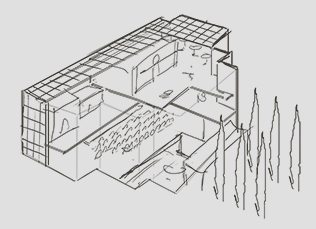
Unlike California, St. Louis was not blessed with a climate that would suit year-round operation of an outdoor theme park. For that reason, Riverfront Square was to be enclosed in one enormous, air-conditioned building, the size of two city blocks.
Guests would enter onto a Main Street, USA-style promenade. On the left side of this would be a recreation of Old New Orleans (circa the 1850s), while the right-hand side of the building would host Old St. Louis (circa the early 1900s). Lighting effects would be used to simulate the weather and time of day on fifty-foot high ceilings.
Old St. Louis
The entrance, on the main floor, would be a recreation of a gaslight plaza. The headline attraction was to be a show about the history of the region, featuring a rotating stage and a host of audio-animatronic figures (these having just been developed by Disney for attractions at the 1964/65 World’s Fair in New York). Nearby, a 200-degree “Circarama 200” screen would be used to present a show focused on the history of St. Louis itself.
After boarding escalators and travelling past displays on St. Louis’ history, guests would enter the basement. Here they could experience a dark ride themed around the westward journey of Lewis and Clark, watch an audio-animatronic show about river pirates of the 1800s and watch a CircleVision film titled “St. Louis Today”.
Kids would be served by attractions on the mezzanine floor, which could have included clones of Disneyland favourites such as Peter Pan’s Flight.
Old New Orleans
The entrance to the New Orleans area would be a French Quarter-style street. From there, guests could reach the Blue Bayou Adventure, riding flat-bottomed swamp boats through scenes of Louisiana’s wetlands, before experiencing an attack by Caribbean pirates.
Disneyland’s Golden Horseshoe Revue would be adapted to a New Orleans theme, while a Haunted Mansion attraction would feature legendary figures of local history recreated as audio-animatronics.
Observation Floor
On the top of the Riverfront Square building would be an observation floor, with huge picture windows overlooking the Gateway Arch. A restaurant and a cocktail lounge (serving alcohol, banned on the lower floors) would be aimed at adult visitors.
What went wrong?
The Riverfront Square project collapsed in July 1965, with Walt Disney accepting that “a project of that scope, in size and cost, might well prove difficult to accomplish, due to a number of imponderable factors. Such has proved to be the case.”
The most enduring myth surrounding Riverfront Square is that the project was dropped due to a dispute over the sale of alcohol between Walt and August Busch (whose family owned the prominent St. Louis Brewery). Alcohol was off-limits at Disneyland, and the pair were said to have fallen out completely over the sale of alcohol at Riverfront Square. In reality, this myth has been comprehensively debunked – and a compromise was reached with the inclusion of the observation floor and its bars.
The real reason is likely to have been simpler: money. Disney wanted St. Louis to absorb the cost of the entire outer building and many of the structures within it, putting in only limited amounts of its own cash to build the attractions themselves. The city couldn’t stomach this, and Disney wasn’t likely to put up more of its own money given that it was, by this stage, planning the much larger Disney World project in Florida.
The legacy
Several of the attractions that were proposed for Riverfront Square had a clear influence on future Disney attractions:
- The Blue Bayou Adventure had a huge influence on Disneyland’s Pirates of the Caribbean, which included a Louisiana swamp at the beginning to set the scene.
- Elements of Riverfront Square’s Haunted Mansion, including a “stretch room” elevator, are likely to have made it into the Disneyland version.
- Both the Pirates and Haunted Mansion attractions at Disneyland are hosted in New Orleans Square – a clear nod to Riverfront Square’s Old New Orleans.
- The complex rotating stage and audio-animatronic historical figures of the historical show proposed for Riverfront Square are very reminiscent of Epcot’s American Adventure.
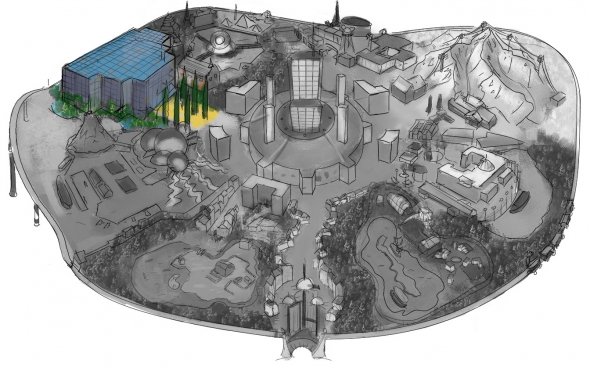
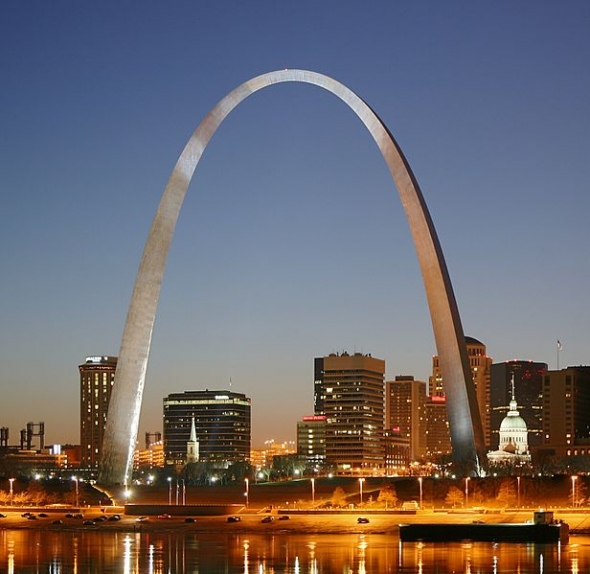
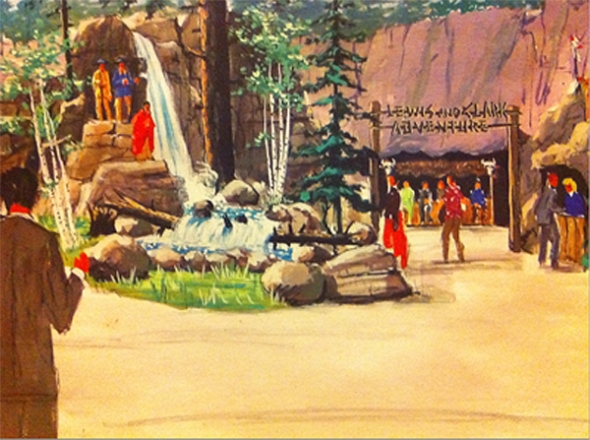
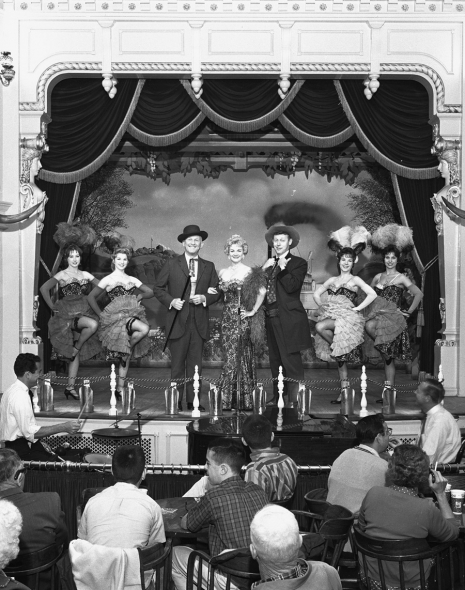
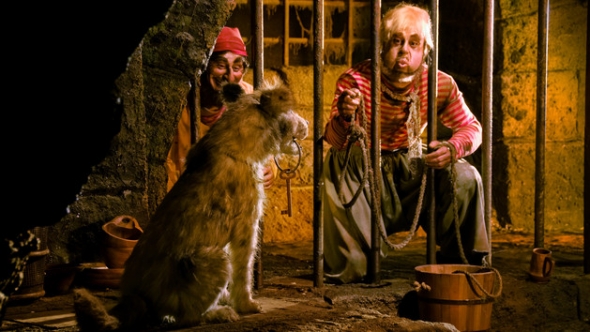

Add new comment